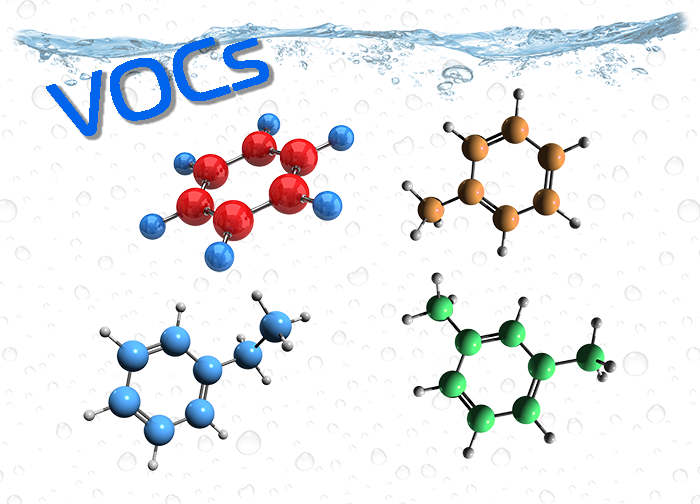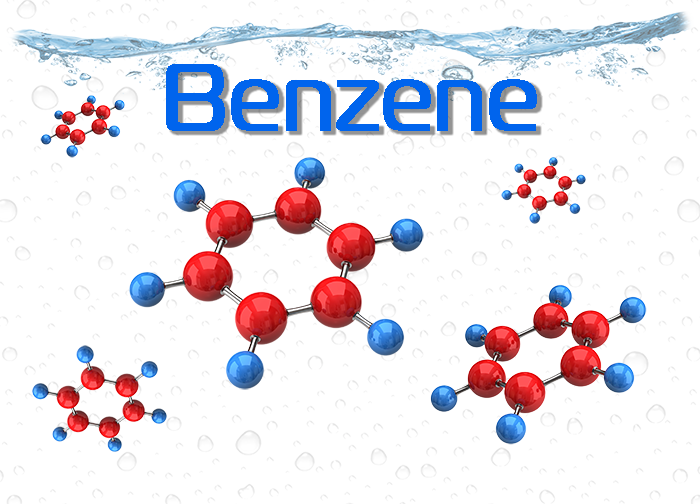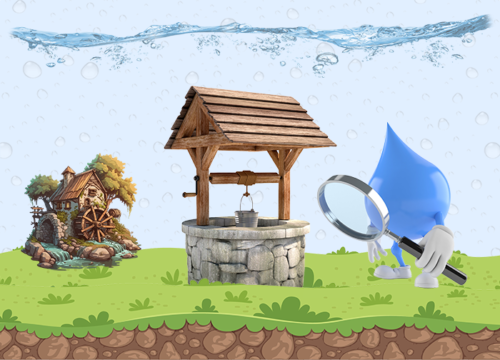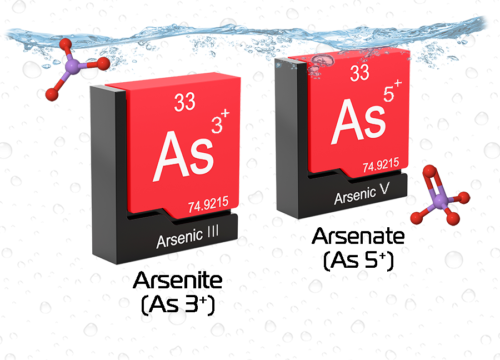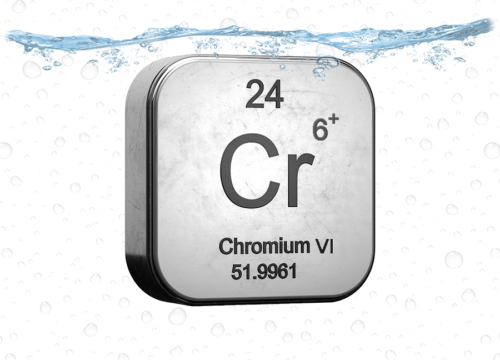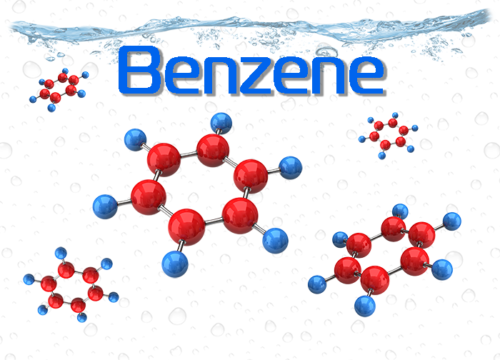Volatile Organic Compounds are compounds that have a high vapor pressure and low water solubility. Many VOCs are human-made chemicals that are used and produced in the manufacture of paints, pharmaceuticals, and refrigerants.
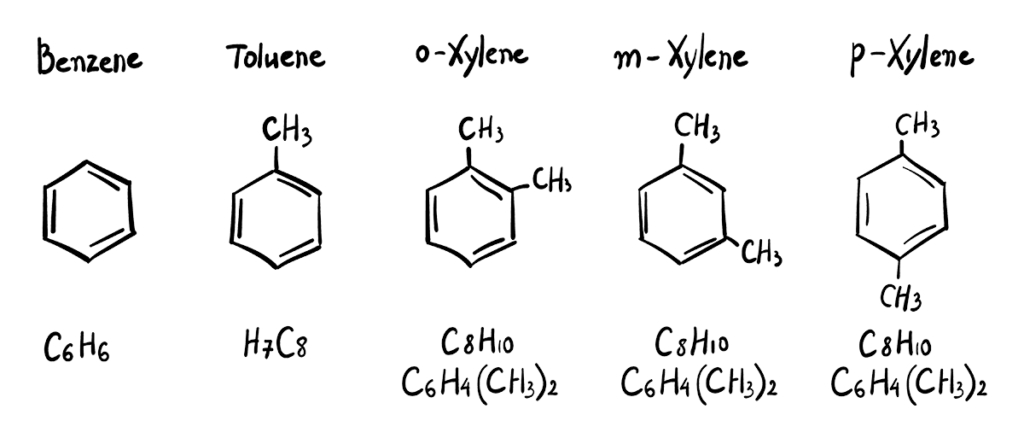
Examples of common VOCs: Benzene methyl group – benzene, toluene, o-Xylene, meta-xylene, and para-xylene.
VOCs typically are industrial solvents, such as trichloroethylene; fuel oxygenates, such as methyl tert-butyl ether (MTBE); or by-products produced by chlorination in water treatment, such as Trihalomethanes. VOCs are often components of petroleum fuels, hydraulic fluids, paint thinners, and dry cleaning agents. VOCs are common ground-water contaminants.
Volatile organic compounds (VOCs) are emitted as gases from certain solids or liquids. VOCs include a variety of chemicals, some of which may have short- and long-term adverse health effects. Concentrations of many VOCs are consistently higher indoors (up to ten times higher) than outdoors. VOCs are emitted by a wide array of products numbering in the thousands. Examples include: paints and lacquers, paint strippers, cleaning supplies, pesticides, building materials and furnishings, office equipment such as copiers and printers, correction fluids and carbonless copy paper, graphics and craft materials including glues and adhesives, permanent markers, and photographic solutions.
Organic chemicals are widely used as ingredients in household products. Paints, varnishes, and wax all contain organic solvents, as do many cleaning, disinfecting, cosmetic, degreasing, and hobby products. Fuels are made up of organic chemicals. All of these products can release organic compounds while you are using them, and, to some degree, when they are stored.
Sample Kit Shipping, Turnaround Time, and Reporting
Once you place your order, you will receive your water testing kit within 5-7 business days. Follow the water sampling instructions included in the kit and return the kit using the pre-paid return shipping label.
Once your sample is received by our laboratory, you will receive your results within 5-working days.
Your analytical data reports are emailed in .pdf format.
Note: The reported analytical data contained within the Volatile Organic Compounds (VOCs) test report are NOT to be used for compliance purpose.

